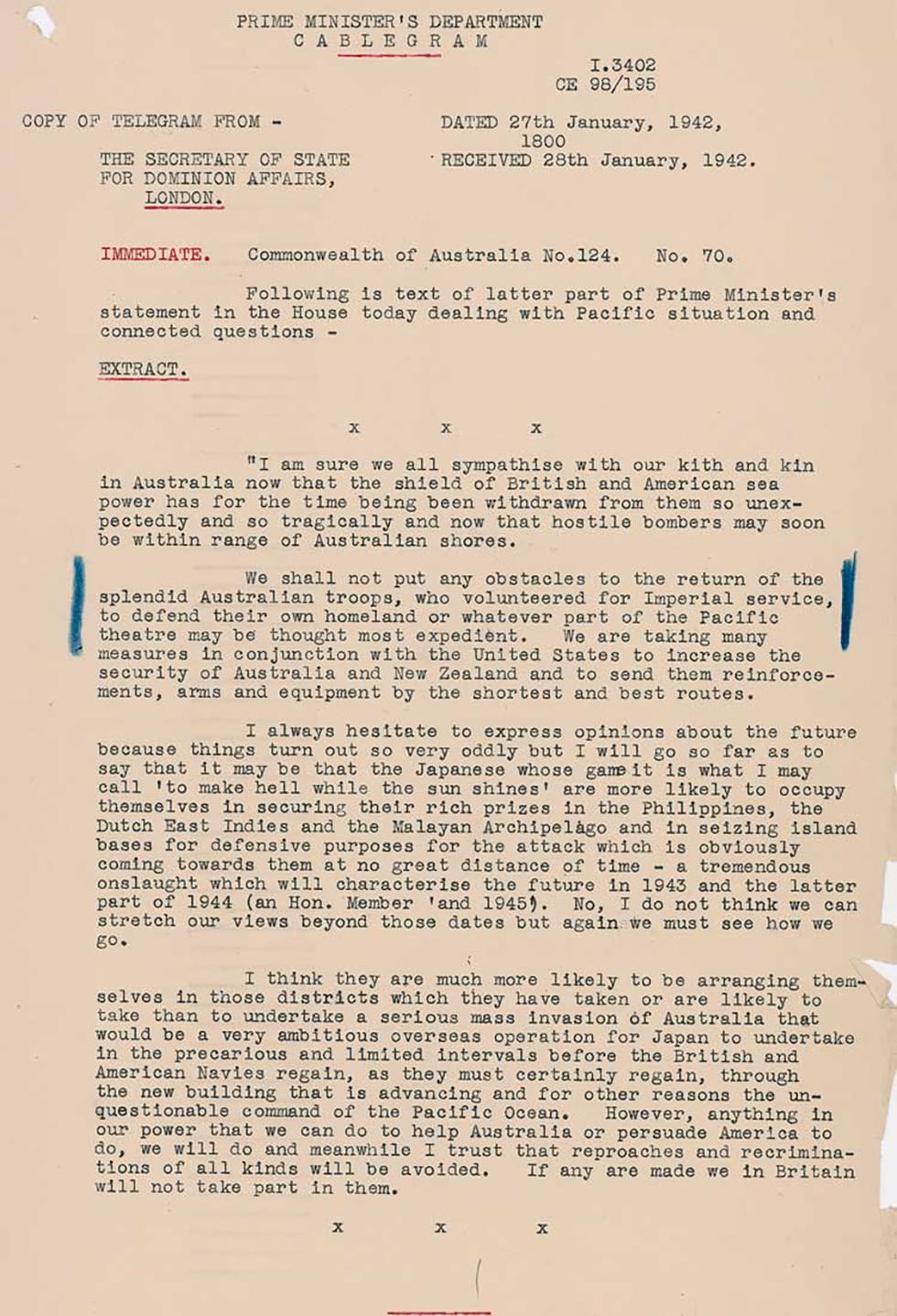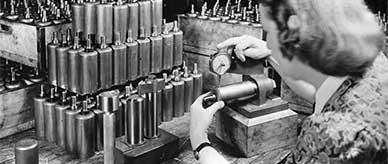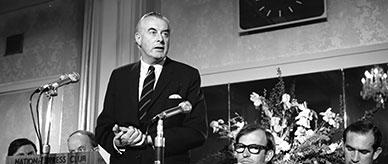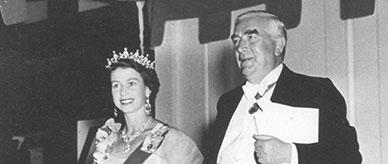


Transcript
PRIME MINISTER'S DEPARTMENT
[Underlined in red:] CABLEGRAM
I.3402
CE 98/195
COPY OF TELEGRAM FROM –
THE SECRETARY OF STATE FOR DOMINION AFFAIRS,
LONDON. [underlined]
DATED 27th January, 1942,
1800
RECEIVED 28th January, 1942.
IMMEDIATE. [In red.] Commonwealth of Australia No. 124. No. 70.
Following is text of latter part of Prime Minister’s statement in the House today dealing with Pacific situation and connected questions –
EXTRACT. [underlined]
[Dividing line]
"I am sure we all sympathise with our kith and kin in Australia now that the shield of British and American sea power has for the time being been withdrawn from them so unexpectedly and so tragically and now that hostile bombers may soon be within range of Australian shores.
[Paragraph marked by blue lines in left and right margins.] We shall not put any obstacles to the return of the splendid Australian troops, who volunteered for Imperial service, to defend their own homeland or whatever part of the Pacific theatre may be thought most expedient. We are taking many measures in conjunction with the United States to increase the security of Australia and New Zealand and to send them reinforcements, arms and equipment by the shortest and best routes. [End margin lines.]
I always hesitate to express opinions about the future because things turn out so very oddly but I will go so far as to say that it may be that the Japanese whose game it [sic] is what I may call 'to make hell while the sun shines' are more likely to occupy themselves in securing their rich prizes in the Philippines, the Dutch East Indies and the Malayan Archipelago and in seizing island bases for defensive purposes for the attack which is obviously coming towards them at no great distance of time – a tremendous onslaught of which will characterise the future in 1943 and the latter part of 1944 (an Hon. Member 'and 1945'). No, I do not think we can stretch our views beyond those dates but again we must see how we go.
I think they are much more likely to be arranging themselves in those districts which they have taken or are likely to take than to undertake a serious mass invasion of Australia that would be a very ambitious overseas operation for Japan to undertake in the precarious and limited intervals before the British and American Navies regain, as they must certainly regain, through the new building that is advancing and for other reasons the unquestionable command of the Pacific Ocean. However, anything in our power that we can do to help Australia or persuade America to do, we will do and meanwhile I trust that reproaches and recriminations of all kinds will be avoided. If any are made we in Britain will not take part in them.
Acknowledgments
Learning resource text © Education Service Australia Limited and the National Archives of Australia 2010.
Related themes
Need help with your research?
Learn how to interpret primary sources, use our collection and more.





